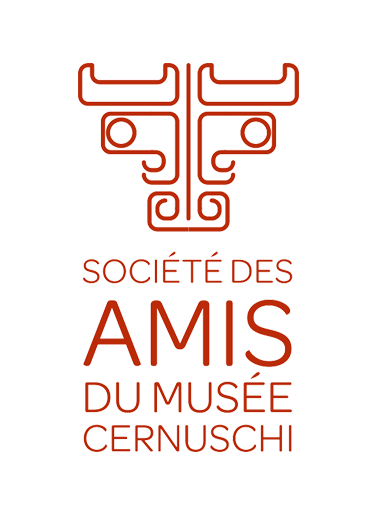THE ENVOL OF THE DRAGON - ROYAL ART OF VIETNAM
From July 9 to September 15, 2014 at the Guimet Museum - Paris.
Exhibition The Flight of the Dragon - Royal Art of Vietnam.
In traditional Vietnam, the dragon occupies a privileged place within the bestiary of fabulous animals.
At once terrifying and beneficial, this fascinating chimera demonstrates the dynamic character of its protective and beneficent role by a gesturing and lively aspect of which Vietnamese artists have, for centuries, described the meanders.
Serpentiform, the dragon participates in the world of waters of which he is the guardian and purveyor. Holder of the keys of the drought or the flood, evolving in the underground worlds and the aquatic environments with the same ease as in the clouds of heaven, it is essentially versatile and capricious.
Centered on this chimera whose representations are soon associated with Buddhism as the image of the sovereign, the exhibition evokes a thousand-year history, from the Bronze Age (mid-first millennium BCE) to the twilight of the last royal dynasty des Nguyên (1802-1945), bringing together an unpublished selection of works from the Hanoi Museum of Vietnamese History and the Guimet National Museum of Asian Art. Their presentation allows to evoke the developments of an iconography very quickly associated with the royal person and its prestige.
Listed as part of the France-Vietnam cross-country period, the exhibition "The Dragon's Flight - Royal Art of Vietnam" benefits from exceptional loans, including some of the most precious regalia of the Annam Empire (seals and imperial decrees in gold and silver, ...) presented for the first time outside Vietnam.
A chronological journey introduces the visitor to the last days of the Bronze Age where, in the Culture of Dong Son, the historiated scenes of drums and ritual vessels present a fantastic and original bestiary in which the dragon has not yet really found its place.
The evocation of the period of the Chinese domination of the Han (c. 1st-3rd century) allows to illustrate the emergence of the iconography of the dragon appearing here and there in the rich funerary furniture unearthed in the tombs of the north of Vietnam (Thanh Hoa province), in particular thanks to the work of the French School of the Far East conducted by archaeologists Louis Pajot and then Olov Janse in the years 1920-1930.
It is from the independence found (XNIXXe century) that Vietnam declines the image of the dragon in the most varied forms. Elements of architectural decoration, masterpieces of ceramics, various bronze sumptuary objects (10e-11e century) testify to the inventive power of a country steeped in Chinese culture and yet showing a deep originality.
The exhibition continues with the evocation of a Buddhist sanctuary whose rich iconographies in which the image of the dragon sometimes takes place, form a set in harmony with the elements of ritual furniture and objects of religious art together. suggestive way.
Finally, an exceptional and unpublished ensemble of masterpieces from the very beginning illustrates the splendor of the Nguyen dynasty at Huê, from its founding to the abdication of the last emperor, Bao Dai, 25 August 1945 .



